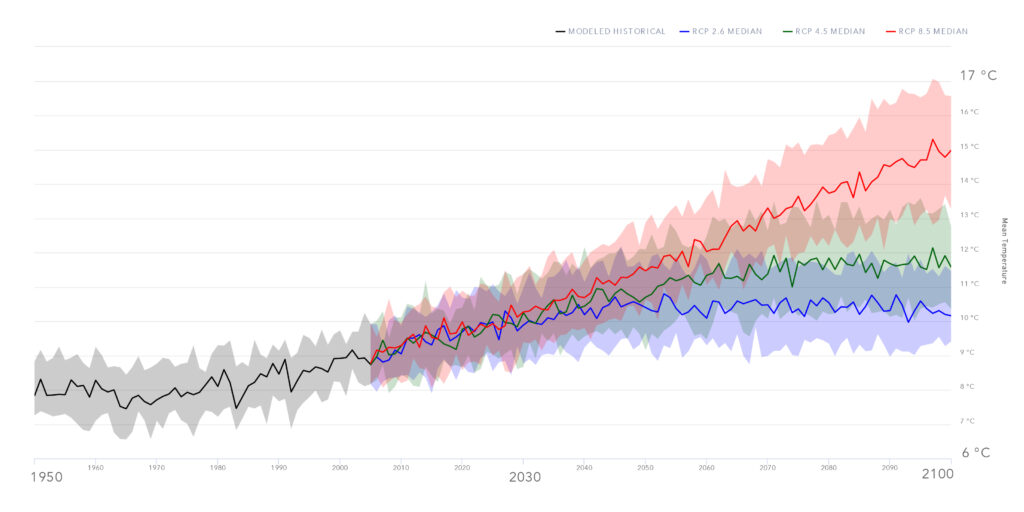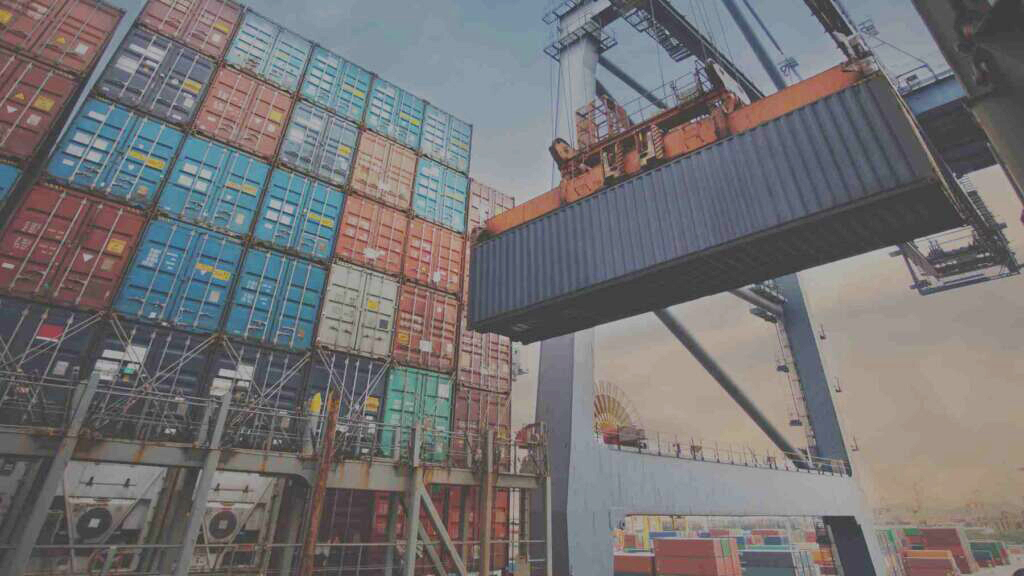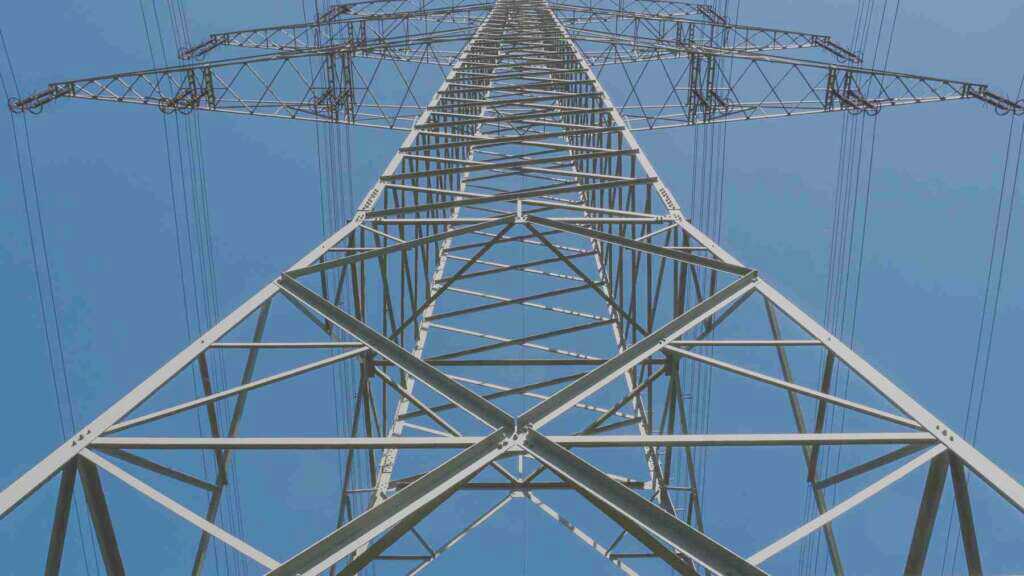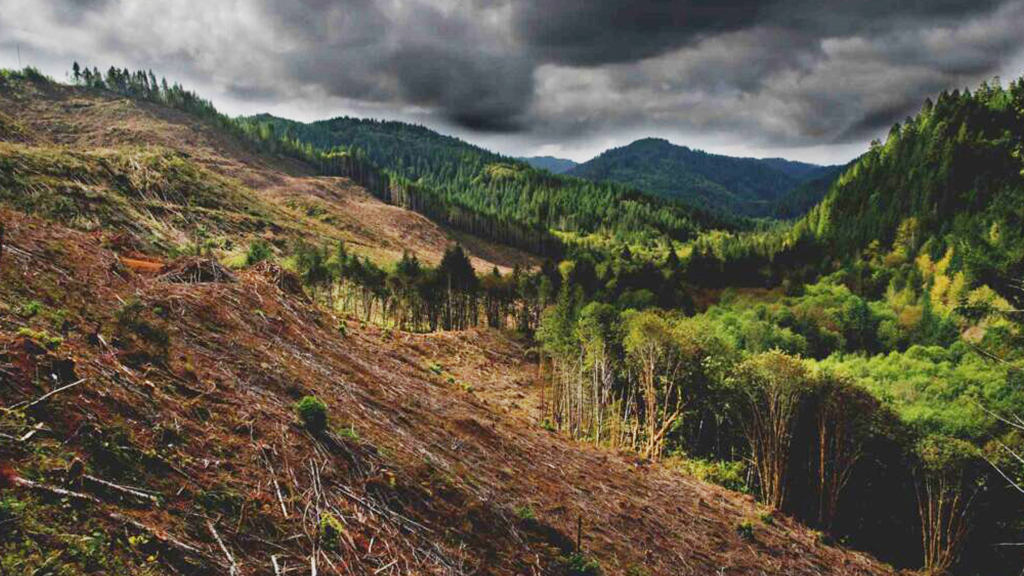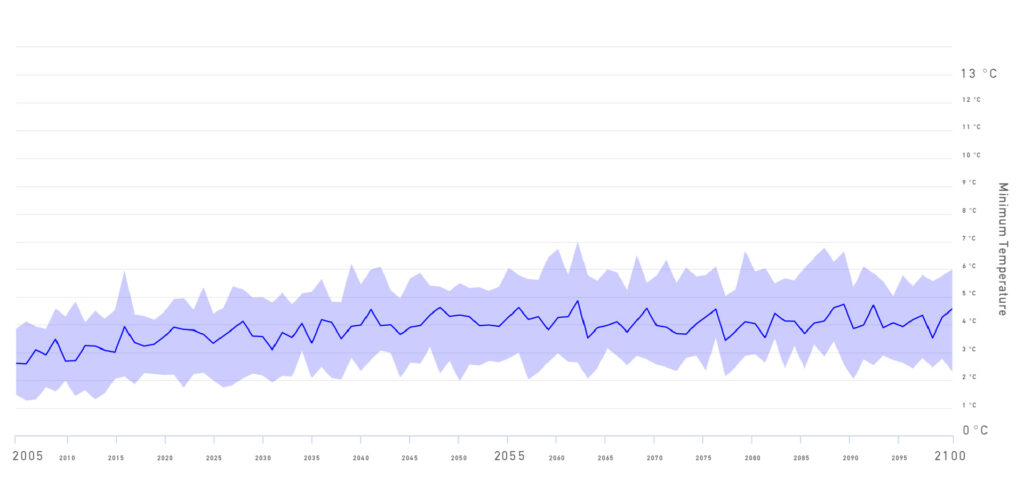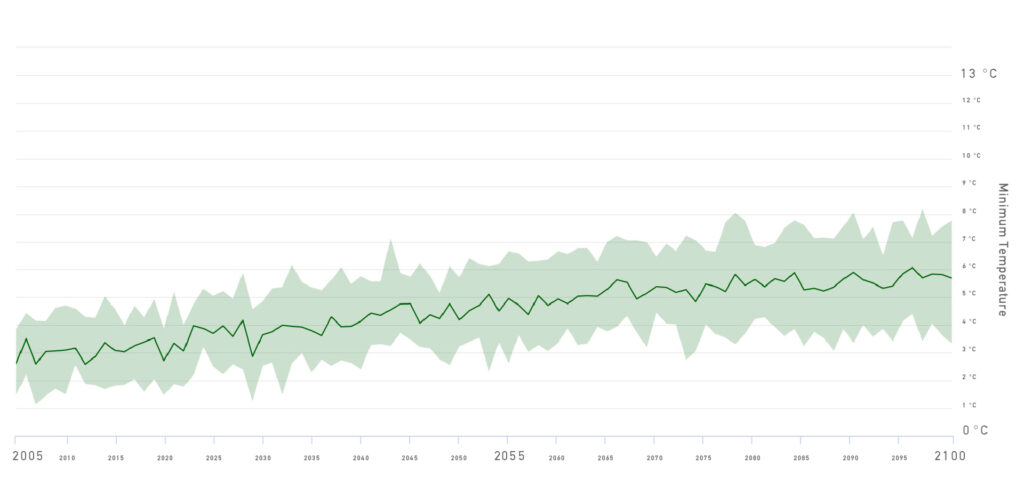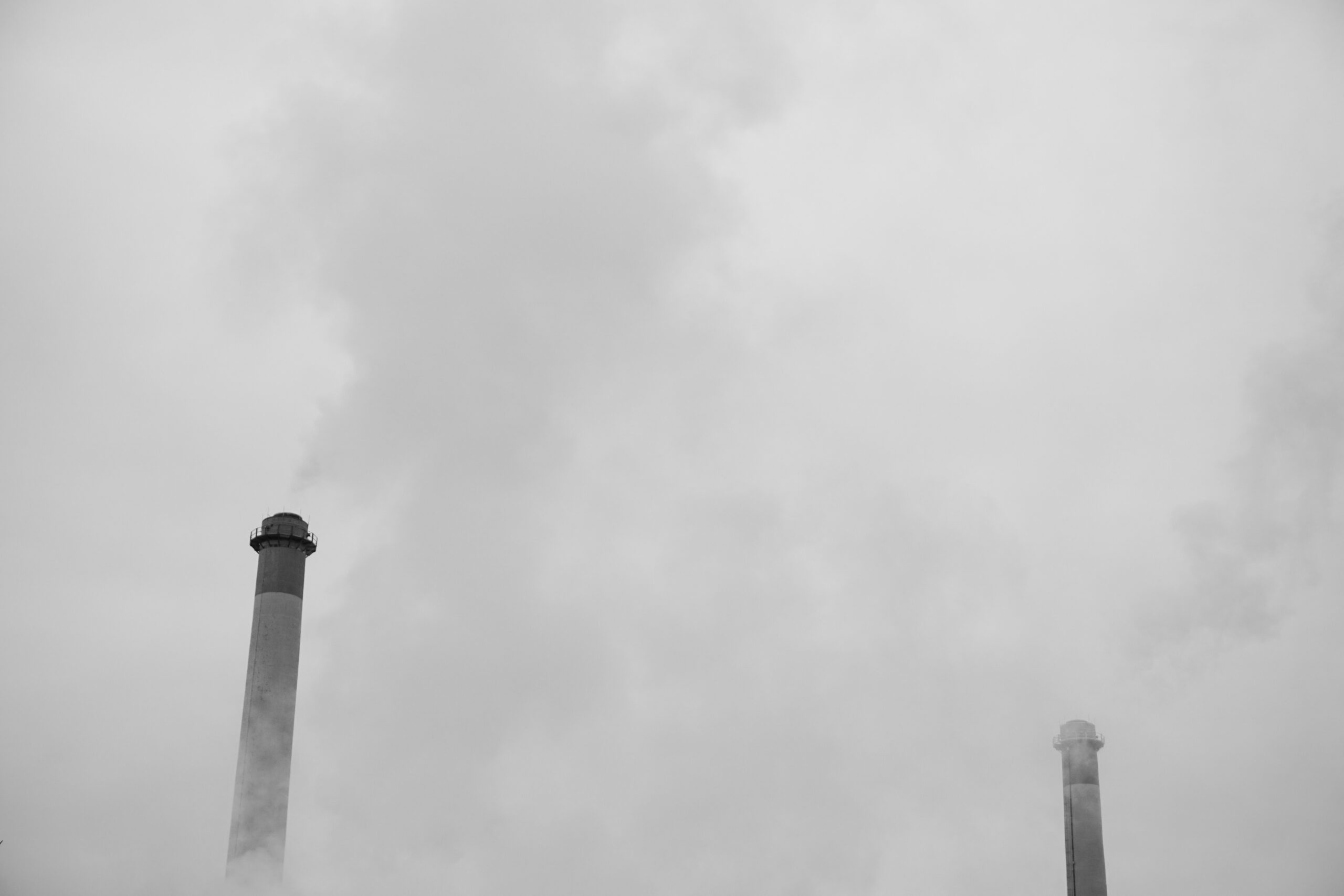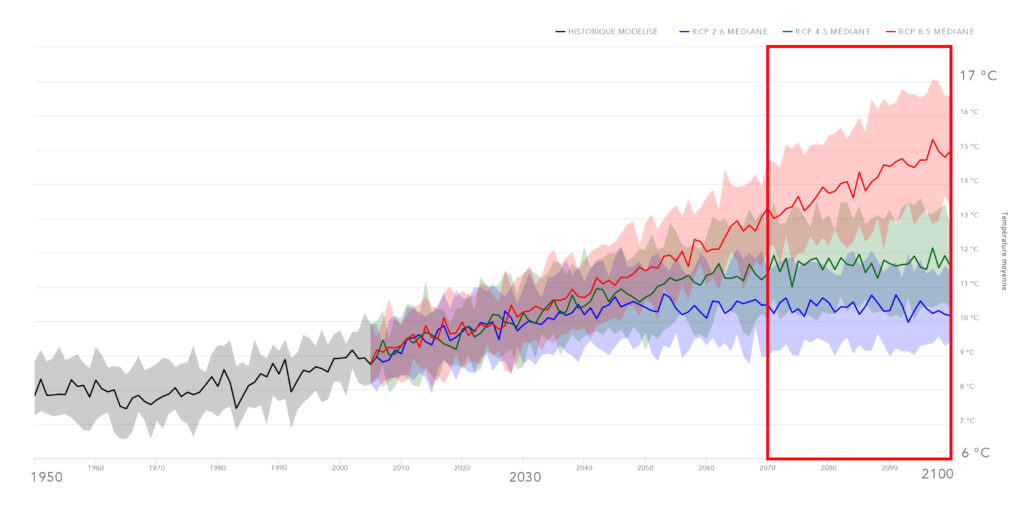Past climate information alone is not sufficient to make decisions about the future.
As you can see in most graphs in ClimateData.ca, the future will not look like the past (represented by the grey band).
Since we don’t know exactly how different the future will be from the past, there is no one-size fits all approach when deciding which pathways to select – it depends on a wide range of factors that are specific to the type of project, time horizon, etc.
Over the next 30 years, there is little difference between the RCPs.
However, looking further down the road, the pathway we are on is much less certain, and will depend on decisions Canada and other countries make about reducing emissions and adopting clean technologies.
Because we don’t know exactly how different the future will be, it is important to consider a range of possible future climates using more than one emissions scenario in our planning to address the impacts of climate change.


